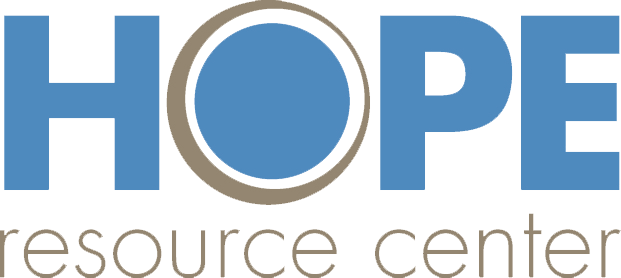2 Weeks | Conception Day
The egg and sperm most often unite in the fallopian tube (tube from the ovary to the uterus) to form a single cell called a zygote. This tiny new cell, smaller than a grain of salt, contains all the genetic information for every detail of the newly created life—the color of the hair and eyes, the intricate fine lines of the fingerprint, the physical appearance, the gender, the height and the skin tone.
Days 2–5
This new life is now called an embryo, and his or her cells continuously divide while traveling down the fallopian tube before arriving at the uterus, around days 3 to 4. Meanwhile, the lining of the uterus prepares to receive this new life.
3 Weeks | 1 Week
The embryo begins to implant in the lining of the uterus on about day 6. Once this occurs, hormones trigger the mother’s body to nurture the pregnancy and prevent her monthly periods. A blood test can show that the mother is pregnant. Around day 8, the baby is about the size of the period used in this sentence.
4 Weeks | 2 Weeks
A pregnancy test taken at this point can measure hCG, the pregnancy hormone in the mother’s urine, and tell her if she is pregnant. By now, the embryo is completely attached to the lining of the uterus and at this stage, nourishment comes from the mother.
5 Weeks | 3 Weeks
The heart, about the size of a poppy seed, is the first organ to function. The first signs of brain development are evident, and the foundation for every organ system is already established and beginning to develop.
The heart begins to beat just 21 days after fertilization,or 5 weeks after the mother’s last menstrual period began.
6 Weeks
Just 4 weeks after fertilization, the baby is growing rapidly and measures 1⁄8 of an inch long. The basic structure for the entire central nervous system (brain and spinal cord) has formed. The eyes are developing, and the arm and leg buds are now visible. The beating heart can be seen on an ultrasound scan—it’s already beating about 100-120 times a minute!
7 Weeks
The baby is now 1⁄3 of an inch long and is making its own blood. Depending on the baby’s gender, the testicles or ovaries are beginning to form. Tooth buds for baby teeth are taking shape in the jaw.
8 Weeks
The baby is now about 1⁄2 of an inch long. The elbows and fingers can be seen. Some reports show that the embryo can move its trunk and limbs. Lungs begin to develop. Taste buds are forming on the tongue, and eyelids are beginning to form.
At 8 weeks, the embryo can respond to touch by reflex.
9 Weeks
The baby measures 3⁄4 of an inch long and weighs almost 1⁄8 of an ounce. The developing ears and nose are visible, and there is pigment in the retina. The limbs and fingers are growing rapidly, and the bones in the arms are beginning to calcify and harden.
10 Weeks
The baby’s brain is growing rapidly. Each minute it produces almost 250,000 new neurons! The upper and lower portions of the arms and legs are clearly seen, as well as the fingers and toes. By now the external ear is fully developed. A baby boy begins to produce the male hormone, testosterone.
11 Weeks
Because the baby has all of the major organ systems and is a distinctly recognizable human being, he or she is no longer called an embryo, but is now known as a fetus, a Latin word for “young one.” The baby is about 2 inches long and can yawn and suck. The eyelids are fully formed and closed to protect the developing eyes. During the next several weeks, his or her body will grow rapidly, increasing in weight 30 times and tripling in length! The baby will make first movements, but the baby is too small for you to feel them.



